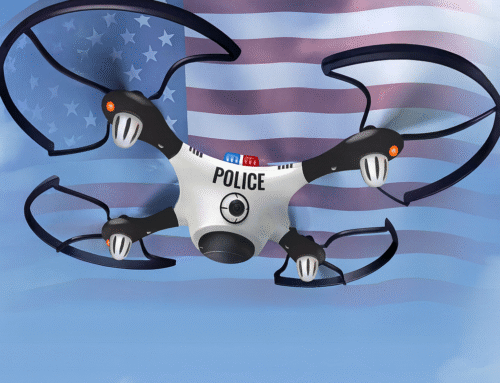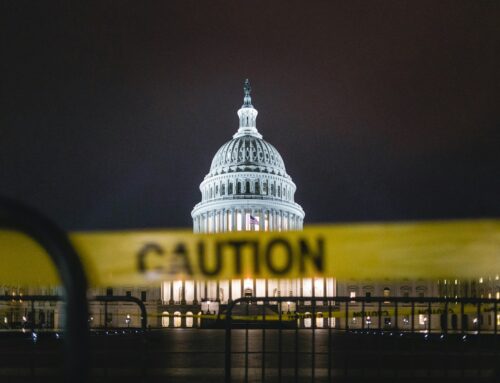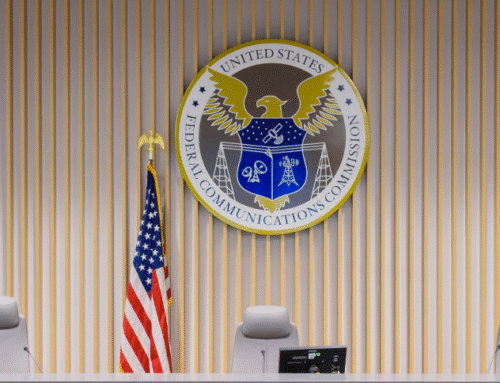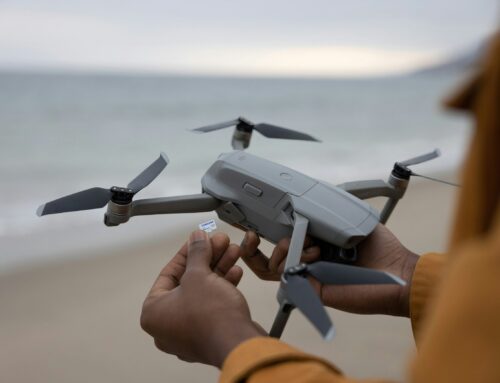You probably didn’t expect to hear about a police drone crash-landing and catching fire on a precinct rooftop in New York City. But it happened. And sparked a very public conversation about safety, tech accountability, and how drone makers respond when things go wrong.
The Skydio X10, used by the NYPD as part of their Drone as First Responder (DFR) program, failed mid-operation and burst into flames. That alone is alarming. But what really hit a nerve is why it crashed: a worn-out battery connector.
Let’s break down what happened, why it matters, and what it means for drone operations going forward.
Rooftop Drone Crash
On May 12, 2025, the NYPD had deployed a Skydio X10 to the 71st Precinct in Brooklyn, one of several precincts using drones to respond quickly to emergencies.
After landing on the roof of the precinct, the drone unexpectedly caught fire. Firefighters were called in, and the blaze was quickly handled with a can extinguisher.
What caused the crash?
According to Skydio’s CEO Adam Bry, the root of the crash was “battery connector wear.” That’s a fancy way of saying that repeated use caused wear and tear on the part of the battery that links to the drone’s system.
It’s not something totally unheard of. Skydio had actually seen this issue before—but only during internal testing under extreme conditions. The Brooklyn crash is the first known customer incident caused by this exact issue, despite the X10 platform clocking over 500,000 flights.
LiPo Battery Factor
Lithium polymer (LiPo) batteries are lightweight and powerful. That’s why they’re popular for drones. But they also come with risks. They can overheat. They can catch fire. And dropping or mishandling them can have dire effects. If they’re punctured, overcharged, damaged, or just plain stressed, they can combust.
That’s why battery safety in drone tech is critical.
Skydio, for its part, hasn’t been careless. They’ve built battery management systems to track voltage, temperature, and other key indicators. They’ve published guides on battery care. They’ve run tests. The surprise was that this hadn’t happened before in Skydio’s internal drop tests, even from 60 feet high. But sometimes, real-world conditions reveal what labs don’t.
So to be clear, the company believes the fire wasn’t caused by the worn connector itself. It likely ignited because the lithium polymer battery was damaged in the crash.
Why this matters more than you think
If you’re relying on drones for anything high-stakes—like police work, inspections, or emergency response—then every part of the system needs to be rock solid. When something as seemingly minor as a battery connector can crash a drone, it’s a wake-up call.
People expect drones to be safe, smart, and stable. This incident challenges that confidence.
More importantly, it forces everyone—operators, manufacturers, regulators—to revisit how drone reliability is measured, monitored, and maintained.
How Skydio is responding
To Skydio’s credit, they didn’t try to bury the story. CEO Adam Bry publicly addressed the crash within 24 hours. He acknowledged the battery connector issue, outlined their investigation, and shared next steps.
That’s rare. Most companies try to bury these moments under press releases or legal statements.
Bry announced that Skydio has already developed a way to detect early signs of this exact failure. Their customer support team will monitor drone telemetry data in real-time to flag any units showing unusual wear.
This means they can catch problems before they become crashes.
Even better, they plan to build alerts right into the product itself. That means the next time a connector starts acting up, operators will be warned before anything goes wrong.
From now on, Skydio’s support team is monitoring all customer drones online. If your X10 shows signs of trouble, they’ll reach out before your drone becomes the next viral fireball. They’re also published a new Notice to Operators with all the technical details, so customers can take preventative steps now.
This kind of transparency is critical in industries where tech failures can lead to lawsuits or lost contracts. Public safety agencies across the country use their drones. One high-profile fire is enough to make those buyers think twice.
What drone operators need to do right now
If you’re flying an X10—or any drone, really—don’t wait for the manufacturer to sound the alarm.
Here’s what you can start doing today:
- Inspect battery connectors regularly. Look for wear, corrosion, or poor fits.
- Store batteries carefully. LiPo batteries hate heat, moisture, and punctures.
- Run full pre-flight checks. Don’t skip it. Don’t rush it.
- Keep an extinguisher nearby. Fires are rare, but not impossible.
Related Reading: Skydio X10D Tops DHS Assessment of Blue UAS Drones






